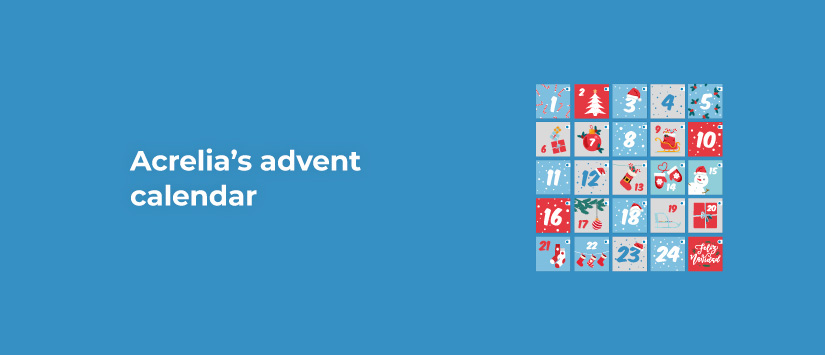A direct, clear, and action-inspiring text is the perfect ally for a successful SMS marketing campaign. Good copy is necessary in any channel, but when sending messages to mobile phones, it shines the most because all the power of copywriting is concentrated in less than 160 characters.
Types of SMS and their required texts
There are several messages that can be sent to a user's mobile device, and not all of them require persuasive text. For example:
- Informative notifications related to a transaction, such as payment method confirmation or a notification that their car can be picked up from the workshop.

- Messages that come with an optional action, such as changing a dentist appointment time or selecting a package tracking method. Offering these options is more for user experience than for selling purposes.

- Promotional campaigns, such as offers and news, are the ones that clearly seek to persuade and get the click to convert to the website or landing page. This is where copywriting comes into play.

When the objective is clear, it's easier to know how to convince someone to achieve it.
Copywriting Formulas Applied to SMS Marketing
Copywriting techniques are proven formulas to persuade users. There are many, but the most popular one that fits best in the limited space of SMS messages is the AIDA method.
The acronym stands for Attention, Interest, Desire, and Action. Is it possible to condense them into one or two sentences? There are two possibilities:
- Merging them in pairs: one sentence to grab attention and arouse interest (AI), and another that encourages desire and prompts action (DA). Ideal for messages to users who need convincing.
- Reducing them to the minimum expression: grabbing attention and then directing to action (AA) is risky, but it works if the user already knows the sender well and doesn't need much explanation to be persuaded.
You can choose the option that suits you best for each type of user on your contact list.
Personalization of SMS
The simplest way to grab attention is to include the user's name at the beginning of the message. In the body, try to add some element that shows you have chosen the right person to address. For example, based on location or previous purchases. However, count the total characters carefully to avoid sending two SMS instead of one.
By making it more personal, you make the user more receptive. It's time to appeal to their emotions, create a positive message that predisposes them to respond to the call to action.

Space Utilization
Characters in an SMS are limited, so it's necessary to carefully consider each word used. It must be a direct message, with space for only one single idea. And it must be clear because, although mobile messages have a very high open rate, if they are not understood or are confusing, they won't convert.
No need to use abbreviations, but try to summarize as much as possible without causing misunderstandings. For example: "Until 31/05" is half the characters of "Offer valid until the end of the month" and is easier to read. Numbers are a good resource for dates, prices, discounts, and percentages.
To make the most of the message's characters, you can use emoticons or emojis to express emotion or grab attention. However, remember that SMS encoding affects the maximum length: 160 characters for GSM7 (the most common) and 70 characters for Unicode.

Call to Action for SMS
If you want to get straight to the point, you can include the link as it is after the explanation, although copywriting recommends adding a call to action. For example: "Today only, all your purchases are half price at www.yourwebsite.com" has the same number of characters as "Want to pay half? Get 50% off everything today! Check it out: www.yourwebsite.com".

If you shorten the links, you'll save space that you can use to make the coupons or codes meaningful to the user. They are very common in SMS campaigns, and it's almost a convention to put them in uppercase to differentiate them from the rest of the text. For example: "SOYVIP" or "MEGUSTA" along with the brand name.

Finally, don't forget to incorporate a psychological element, such as urgency or scarcity, to make it more persuasive. For example: "Valid for the first 100 customers" or "Only 50 units left".





